TPO - Researchers from the Minderoo Foundation and the University of Western Australia (UWA) Deep Sea Research Centre recorded a rare encounter with an octopus at a depth of about 1,000 m below the surface of the Pacific Ocean , using a free-fall camera dropped into the sea nearby, an area with deep water currents north of Samoa.
One of the world's most elusive squid species glowed with dazzling bioluminescence as it attacked underwater cameras in the deep sea, new footage has revealed.
The team documented the diversity of the deepest part of the hadal ocean when they discovered this rare creature.
The animal in the video is the Dana octopus (Taningia danae), a member of the Octopoteuthidae family that feeds on pelagic fish, crustaceans, and other squid.
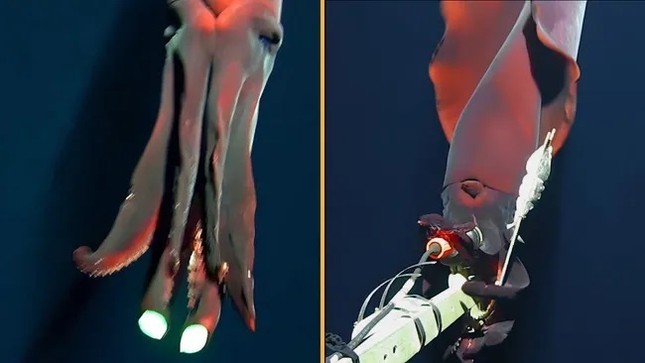 |
Squids use their large photophores to stun and disorient their prey. (Photo: UWA/Inkfish) |
Squid species in the family Octopoteuthidae have eight arms, hence the name octopus squid. When young, they have two long tentacles in addition to their arms, but lose them as they mature.
This species of squid is known for its enormous size. According to a 2003 study, the longest octopus ever reported was a female that measured 2.3 metres (7 ft). According to a statement from UWA, the squid in the video was only about 75 cm (30 in) long.
In the footage, the squid suddenly appears from the darkness and lunges toward the camera, engulfing it with its arms before quickly escaping. Before latching onto the camera, the squid reveals a light-emitting organ, called a photophore, at the tip of its two arms.
The world's largest bio lamp
The species' photophores — which emit beams of light through chemical reactions — are the largest in the animal kingdom, the researchers write. But scientists have rarely seen squid bioflashes used when attacking prey.
“When we looked back at the footage, we realised how lucky we were to have captured this video,” said Heather Stewart, a marine geologist and associate research fellow at UWA.
Researchers believe that squids' photoreceptors help them stun prey in the dark waters of the deep sea. According to a 2017 study, the squids can change their flashing patterns by manipulating eyelid-like membranes that cover their light-producing organs.
Overall, researchers know very little about the species’ behavior because T. danae is rarely seen alive. “Many records of the species are from strandings, accidental captures or from whale stomach contents,” says Alan Jamieson, director of UWA’s Centre for Deep Sea Studies.
According to a study published in 2007, T. danae was first discovered alive about 19 years ago by researchers using a similar camera system. And the squid have only been seen alive a handful of times since then.
According to Live Science
Source: https://tienphong.vn/muc-bach-tuoc-tan-cong-camera-cua-nguoi-lan-bien-post1642189.tpo











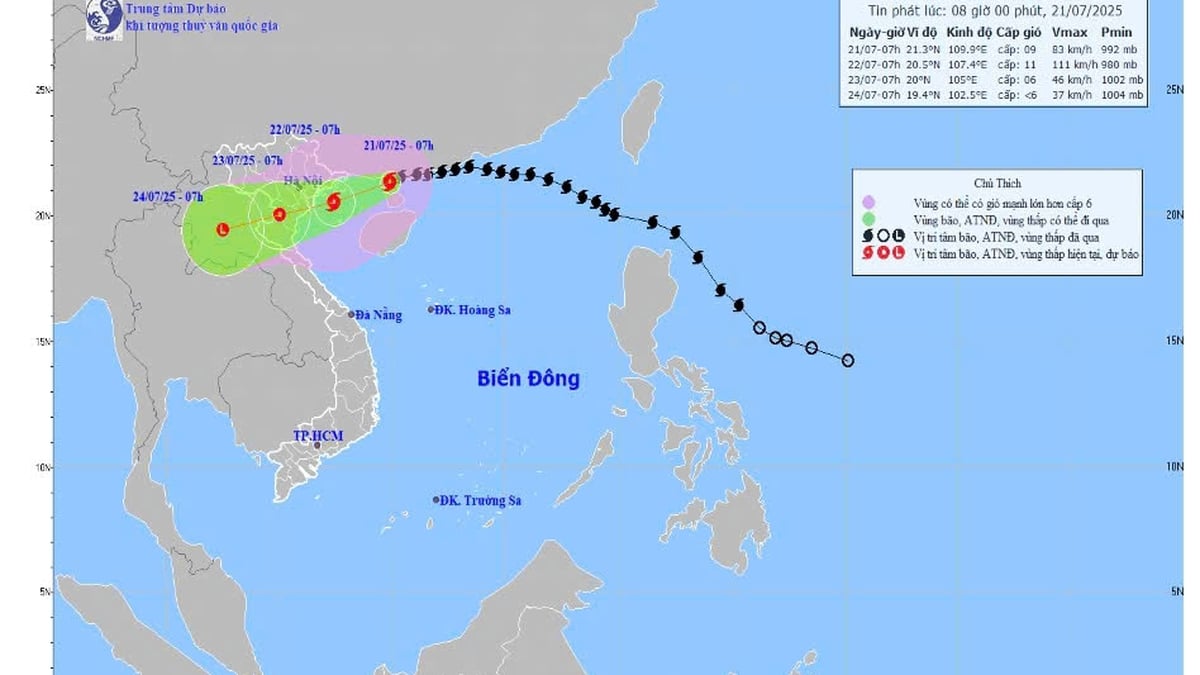











![[Photo] National Assembly Chairman Tran Thanh Man visits Vietnamese Heroic Mother Ta Thi Tran](https://vphoto.vietnam.vn/thumb/1200x675/vietnam/resource/IMAGE/2025/7/20/765c0bd057dd44ad83ab89fe0255b783)










































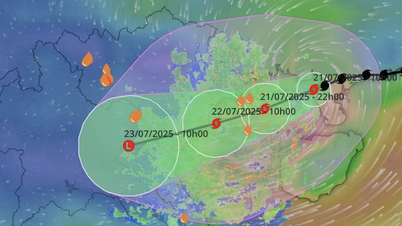




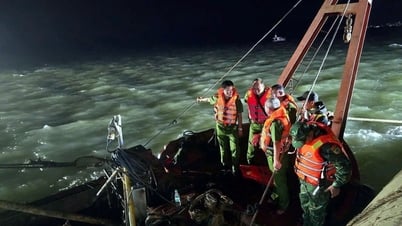






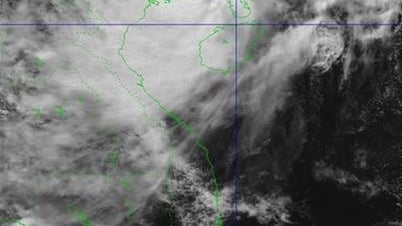























Comment (0)